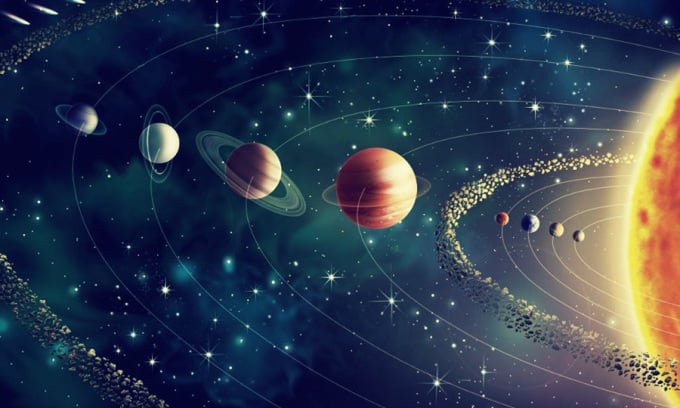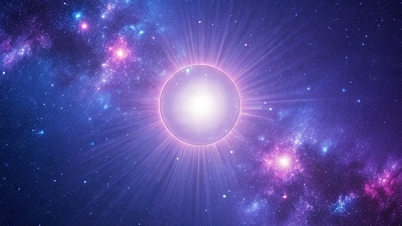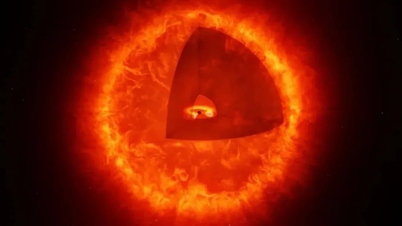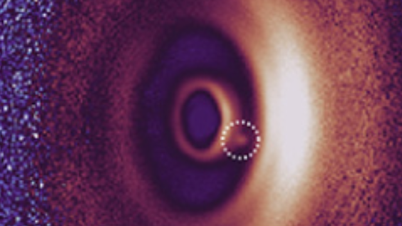Although they sometimes appear close together and relatively aligned when viewed from Earth, the planets are actually very far apart in space.

The Solar System consists of 8 planets: Mercury, Venus, Earth, Mars, Jupiter, Saturn, Uranus and Neptune. Photo: Orbital Today
As they travel around the Sun, some of the planets occasionally appear to align when viewed from Earth. But have these eight planets ever actually aligned? The answer depends on your definition of “aligned.”
The eight planets in our solar system are Mercury, Venus, Earth, Mars, Jupiter, Saturn, Uranus, and Neptune. The planets’ orbits are tilted to varying degrees relative to the Sun’s equator. This means that while the planets appear to line up in the sky, they may not actually line up in 3D space, according to Arthur Kosowsky, an astrophysicist at the University of Pittsburgh.
“The concept of planetary alignment is more about what is observed from the perspective of humans on Earth than the actual physical alignment in space,” said Nikhita Madhanpall, an astrophysicist at Wits University in South Africa.
A planetary conjunction occurs when two or more planets appear close together when viewed from Earth. It is important to note that these planets are not actually close together. Even though they appear to be aligned to people on Earth, they are still extremely far apart in space.
How close together do planets have to be to be considered aligned? That’s not yet clearly defined, says Wayne Barkhouse, an astrophysicist at the University of North Dakota. The definition has to do with angular degrees—how astronomers measure the apparent distance between two celestial bodies in the sky.
If you measure the distance around the entire horizon, the result is 360 degrees. To get an idea of how vast the horizon is, remember that a full moon is only half a degree across, according to the Las Cumbres Observatory in Goleta, California.

Saturn (top) and Jupiter (bottom) appear close together as seen from Shenandoah National Park, USA, on December 13, 2020. Photo: Bill Ingalls/NASA
In his 1997 book Mathematical Astronomy Morsels, Belgian meteorologist and amateur astronomer Jean Meeus calculated that the three innermost planets of the solar system—Mercury, Venus, and Earth—align within 3.6 degrees on average every 39.6 years.
More planet alignments take longer. According to Meeus, all eight planets align within 3.6 degrees every 396 billion years. “This event has never happened and will never happen, because the Sun will turn into a white dwarf in about 6 billion years. During this process, the Sun will turn into a red giant and swell, swallowing Mercury and Venus, and possibly Earth. So there will be only five planets left in the solar system,” Barkhouse said.
The odds of eight planets aligning within 1 degree of the sky are even lower. According to Meeus, this happens on average every 13.4 trillion years. Meanwhile, the universe is thought to be only about 13.8 billion years old.
If the eight planets are aligned within a 180-degree section of the sky, the next time it will happen is May 6, 2492, according to Christopher Baird, an associate professor of physics at West Texas A&M University. The last time the eight planets aligned within 30 degrees was January 1, 1665, and the next time will be March 20, 2673, according to the National Solar Observatory at Sacramento Peak, California.
Madhanpall notes that planetary alignments have virtually no significant physical impact on Earth. “The only impact on life on Earth when the planets align is the amazing show in the sky. There is no risk of enhanced earthquakes or anything like that. The gravitational change that Earth experiences during any planetary alignment is negligible,” Barkhouse says.
Thu Thao (According to Live Science )
Source link


![[Photo] General Secretary To Lam, Secretary of the Central Military Commission attends the 12th Party Congress of the Army](https://vphoto.vietnam.vn/thumb/1200x675/vietnam/resource/IMAGE/2025/9/30/9b63aaa37ddb472ead84e3870a8ae825)
![[Photo] Panorama of the cable-stayed bridge, the final bottleneck of the Ben Luc-Long Thanh expressway](https://vphoto.vietnam.vn/thumb/1200x675/vietnam/resource/IMAGE/2025/9/30/391fdf21025541d6b2f092e49a17243f)
![[Photo] President Luong Cuong receives President of the Cuban National Assembly Esteban Lazo Hernandez](https://vphoto.vietnam.vn/thumb/1200x675/vietnam/resource/IMAGE/2025/9/30/4d38932911c24f6ea1936252bd5427fa)
![[Photo] The 1st Congress of Phu Tho Provincial Party Committee, term 2025-2030](https://vphoto.vietnam.vn/thumb/1200x675/vietnam/resource/IMAGE/2025/9/30/1507da06216649bba8a1ce6251816820)
![[Photo] Solemn opening of the 12th Military Party Congress for the 2025-2030 term](https://vphoto.vietnam.vn/thumb/1200x675/vietnam/resource/IMAGE/2025/9/30/2cd383b3130d41a1a4b5ace0d5eb989d)










































































![[Infographic] Key tasks in the 2025-2030 term of Dong Nai province](https://vphoto.vietnam.vn/thumb/402x226/vietnam/resource/IMAGE/2025/9/30/59bd43f4437a483099313af036fef0db)
























Comment (0)